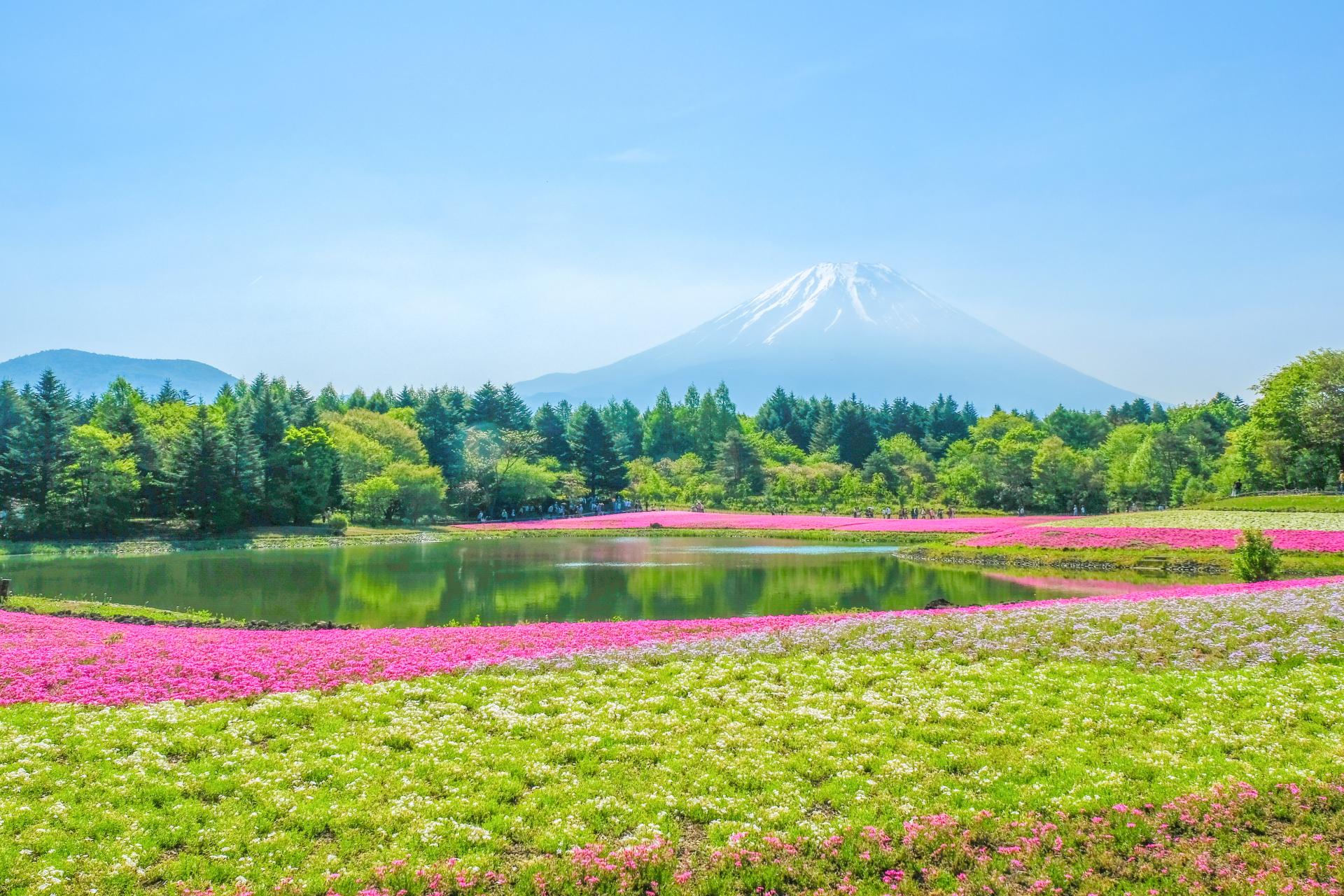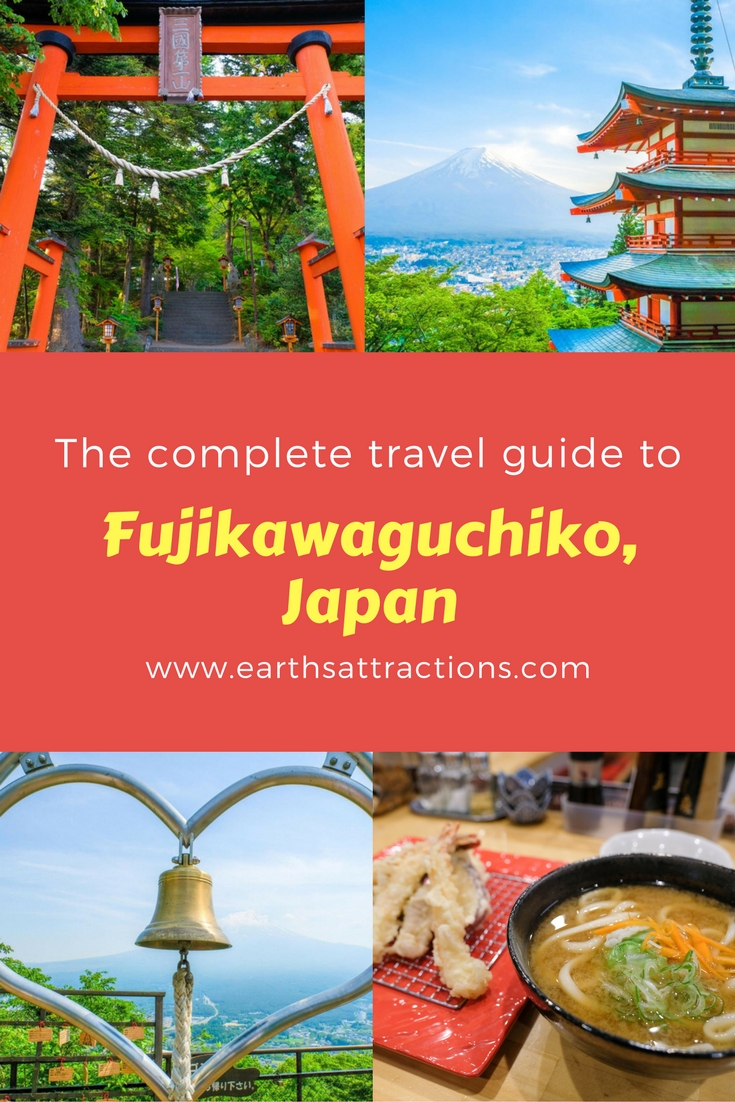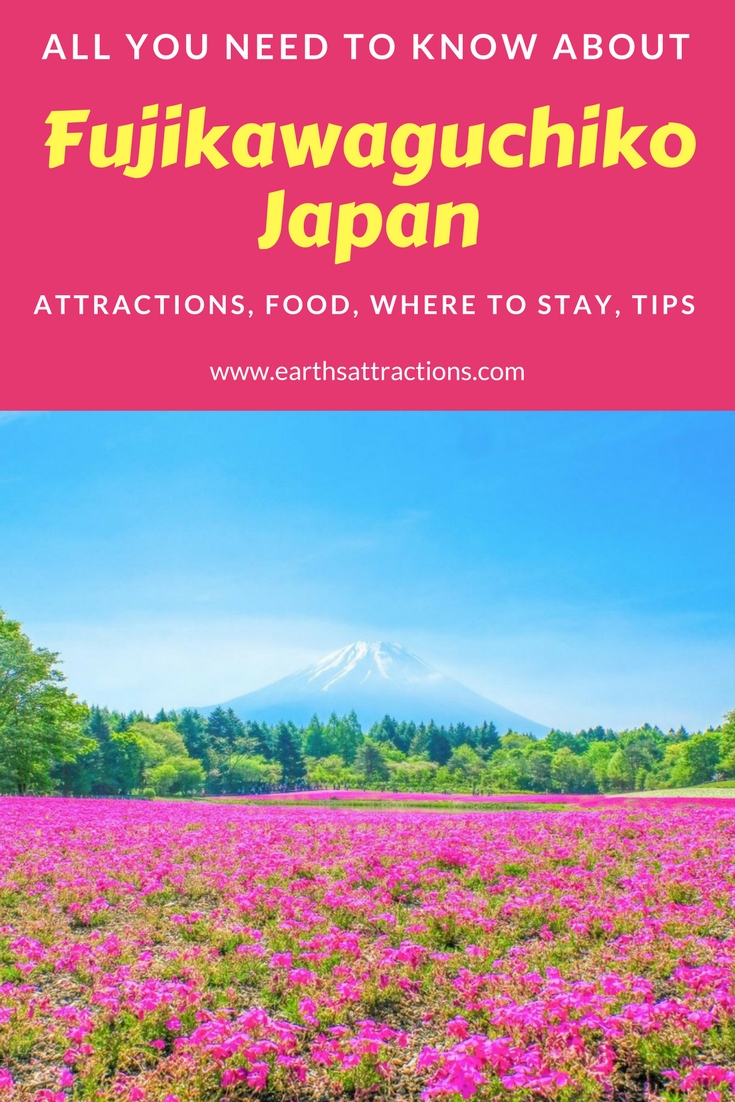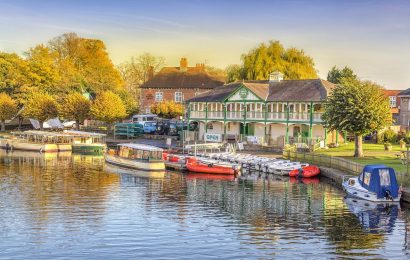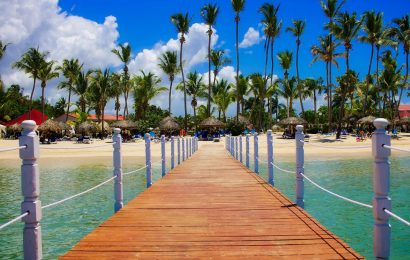Just a few hours from Tokyo, you’ll find the enchanting Fujikawaguchiko, a gateway town at the foot of Mount Fuji. This updated 2025 guide covers top things to see, hidden gems, best Mt Fuji viewpoints, staying with an onsen + view, seasonal events, and tips for navigating the area. This the complete travel guide to Fujikawaguchiko, Japan, written by someone who loves this place: Jasmine from My Suitcase Journeys.
This ultimate guide includes everything you need to know about Fujikawaguchiko, Yamanashi, Japan: top attractions in Fujikawaguchiko, off-the-beaten-path things to see and do in Fujikawaguchiko, where to eat, where to stay, and valuable tips for Fujikawaguchiko.
This guide is part of our free travel guides series on this blog. Use it when planning your next trip in the area!
A local’s guide to Fujikawaguchiko, Japan
Located just at the foot of Mount Fuji, Fujikawaguchiko is a beautiful little town in Yamanashi, Japan beloved by both tourists and locals alike.
Although the Lake Kawaguchi area had been inhabited since the Jomon period (14,000 – 300 BC), Fujikawaguchiko was not formed until November 15th, 2003 as a merger of the town of Kawaguchiko and two other villages: Katsuyama and Ashiwada.
Three years later, it continued to grow and absorbed parts of the Kamikuishiki village on March 1st, 2006. As of November 1, 2015, the town was reported to have a population of 25,743. By the 2020 census, that number had grown to 26,082. (Note: more recent or mid-year estimates, such as for 2024/2025, may differ slightly — always check official Fujikawaguchiko / Yamanashi prefectural statistics for the latest.)
You can imagine that’s quite astonishing considering how small of an island Japan is!
In 2024, the town of Fujikawaguchiko began installing a black screen (≈ 2.5 m high, 20 m long) along certain sidewalks to block direct views of Mt. Fuji at some photo spots, in response to crowding, trespassing, and poor tourist behavior. (AP News)
Some travelers have expressed concern that this might disrupt certain photo compositions, especially for the iconic Fuji + Lawson / Fuji + foreground shots.
Tip for you: Be respectful of traffic rules, stay on public paths, avoid straying into private land, and double-check which vantage points are still fully open.
Top Things to See in Fujikawaguchiko
It even has the name Fuji in it. You can’t visit Fujikawaguchiko and not see Mt. Fuji.
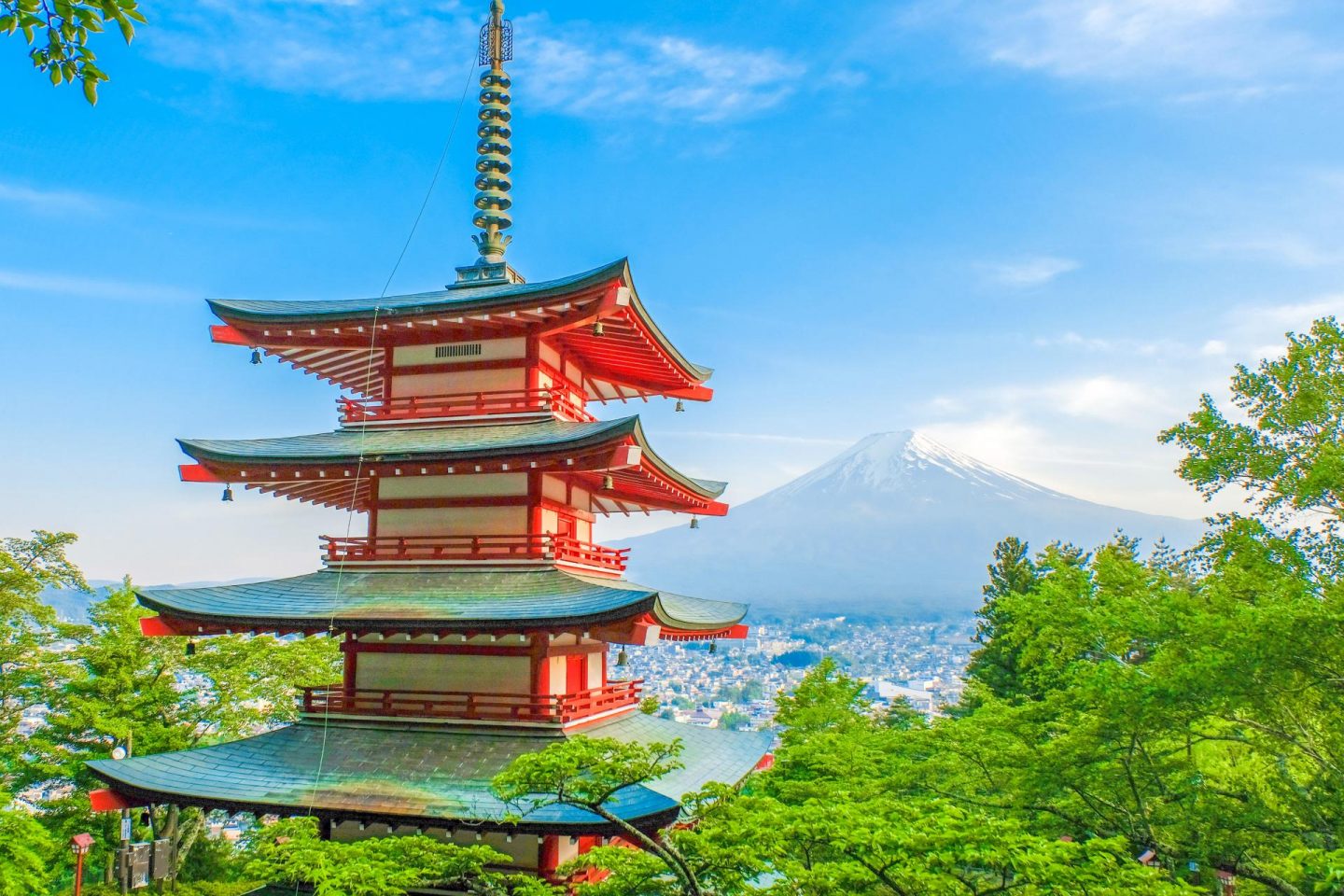
The best spot to view its majestic charms is no doubt at the Chureito Pagoda at Arakura Sengen Shrine.
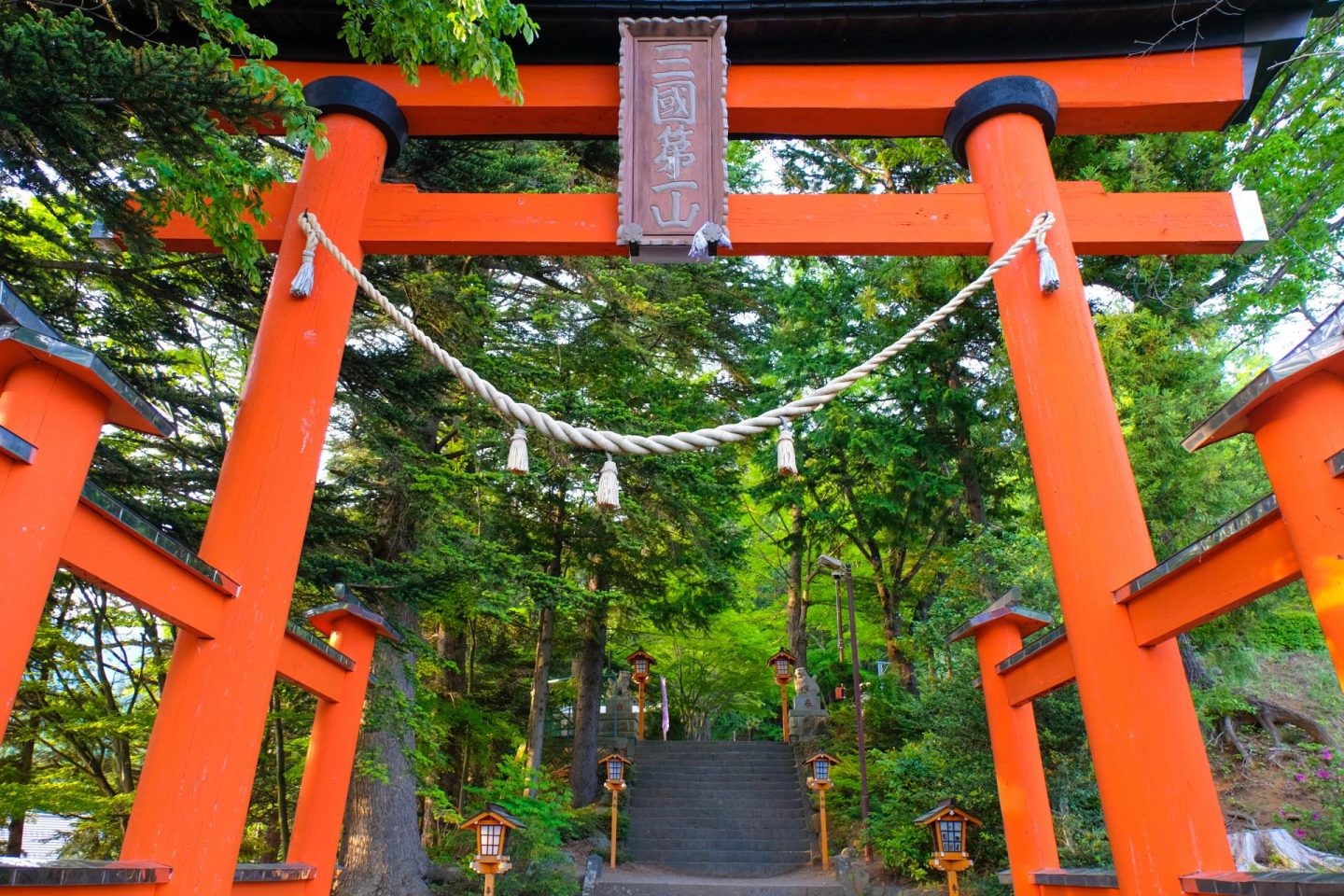
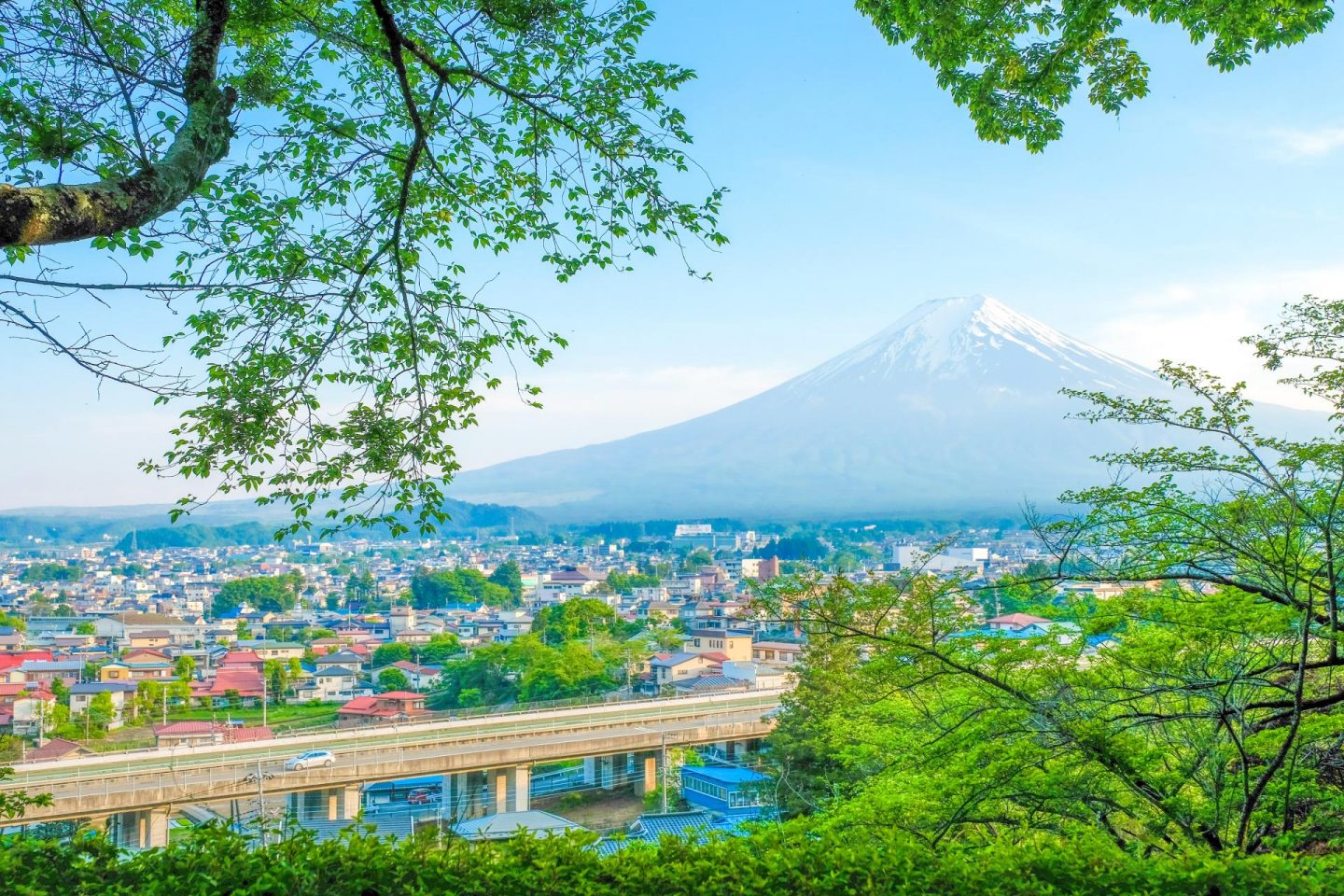
There are approximately 400 steps leading up to the pagoda but it’s not too difficult of a hike and you will surely be rewarded for your effort.
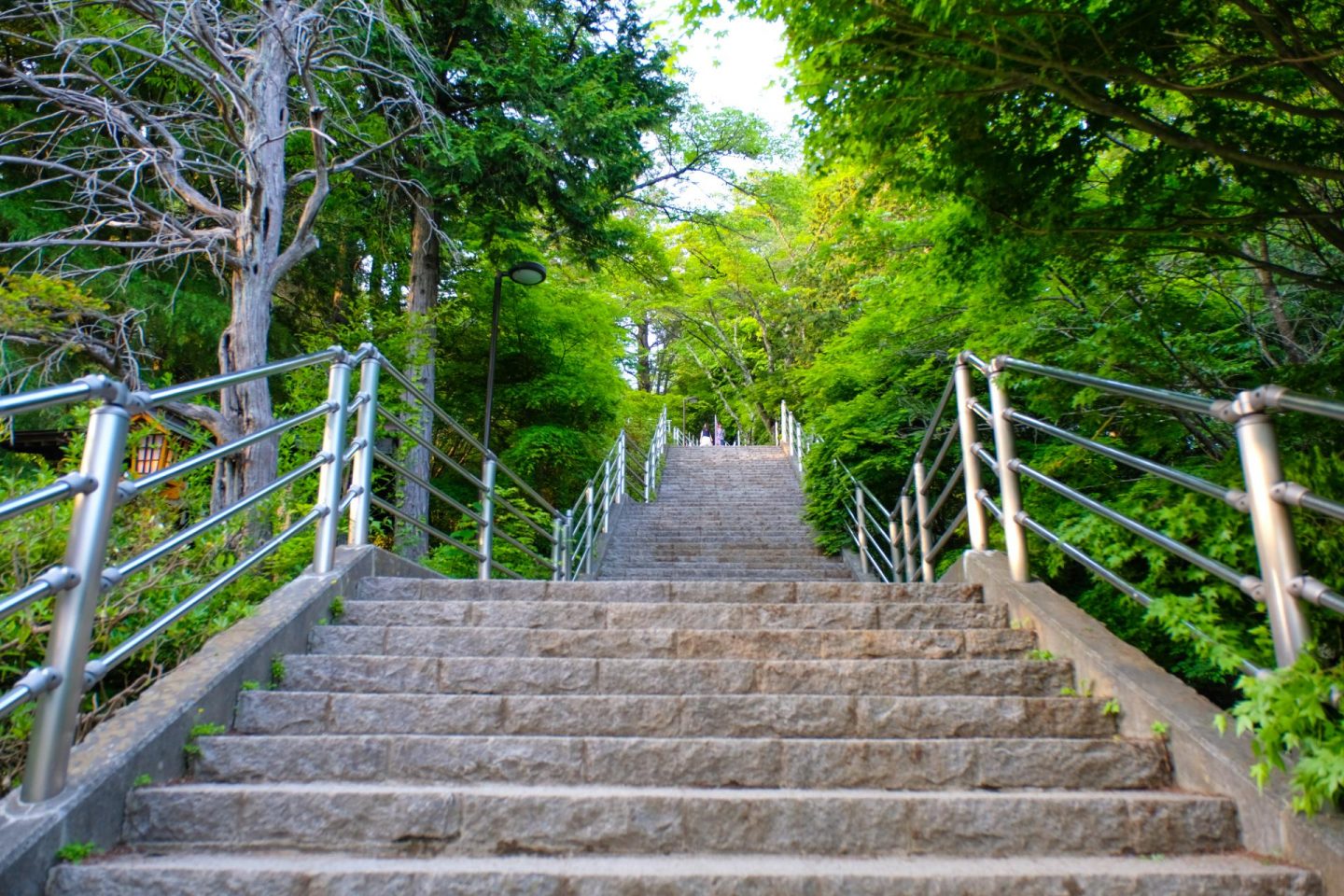
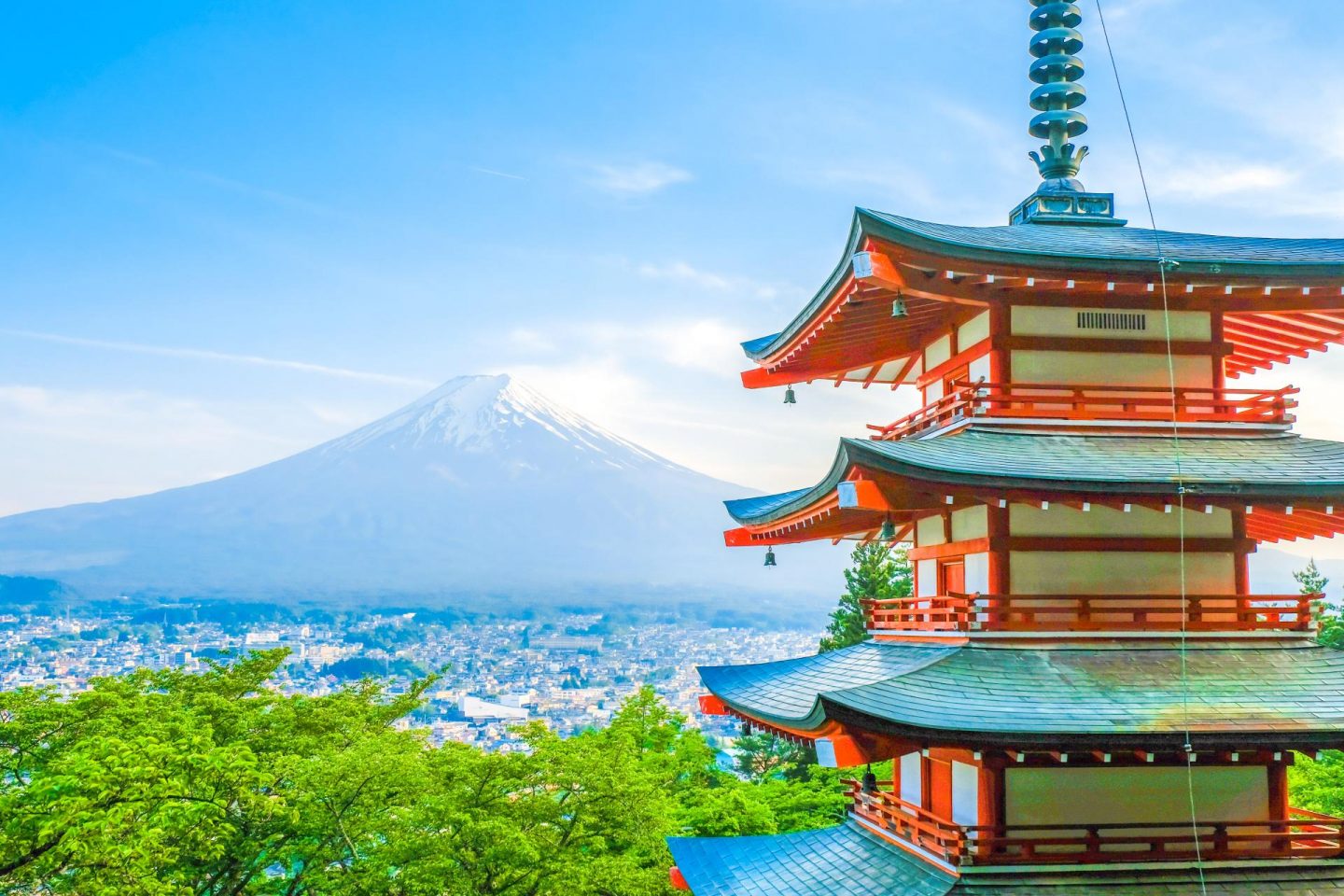
Tip: Visit during the month of April and witness the beauty of the cherry blossoms in full bloom!
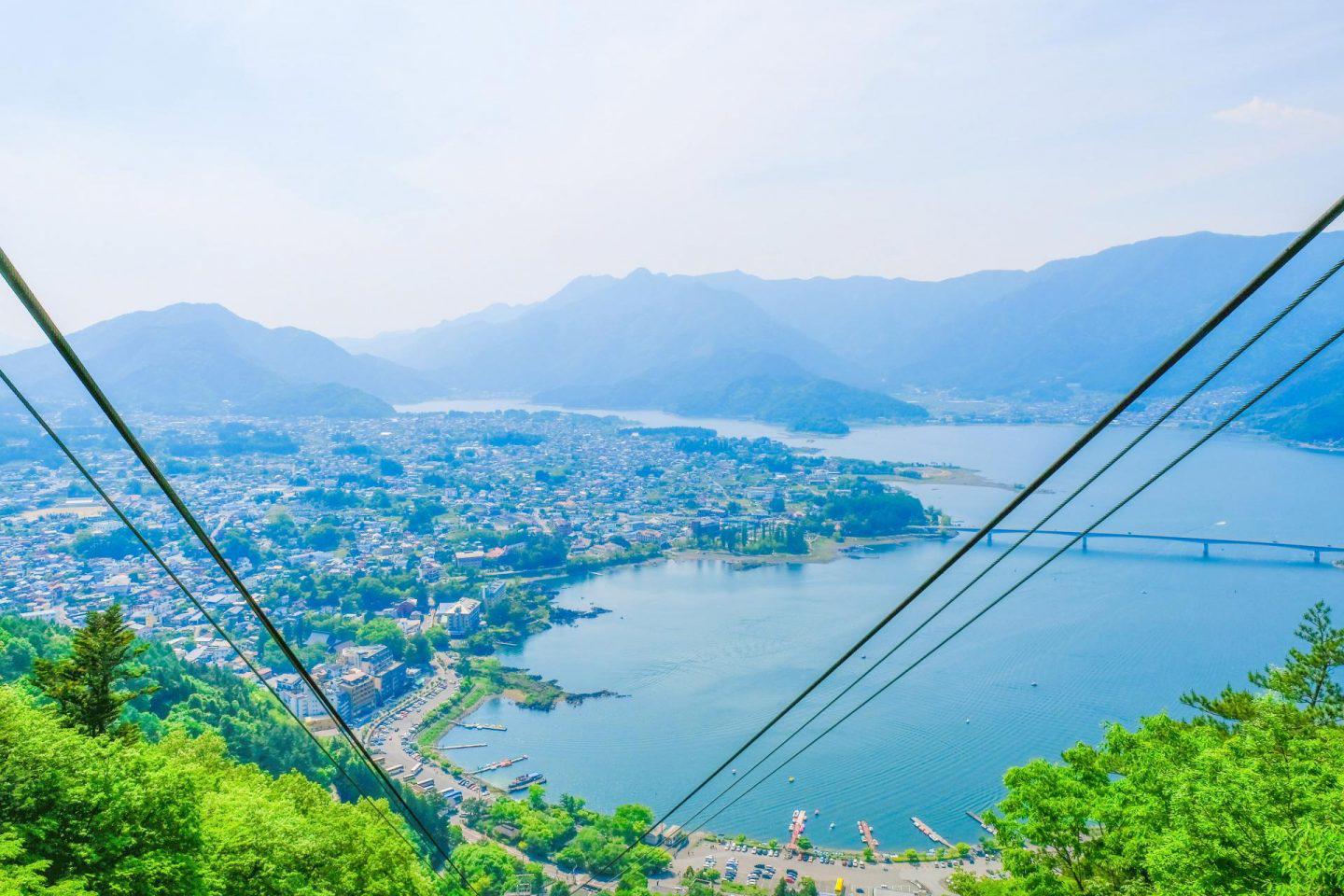
Aside from getting drenched in sweat from climbing all those steps, you could easily take the Mt. Kachi Kachi Ropeway to Mount Tenjo’s observation deck for an alternative panoramic view of the mountain.
Atop the 400-meter ropeway lies the Bell of Tenjo (Bell of the Sky). It is believed that if you ring the bell whilst facing Mt. Fuji, your wish will come true. Be sure to give it a try when you visit.
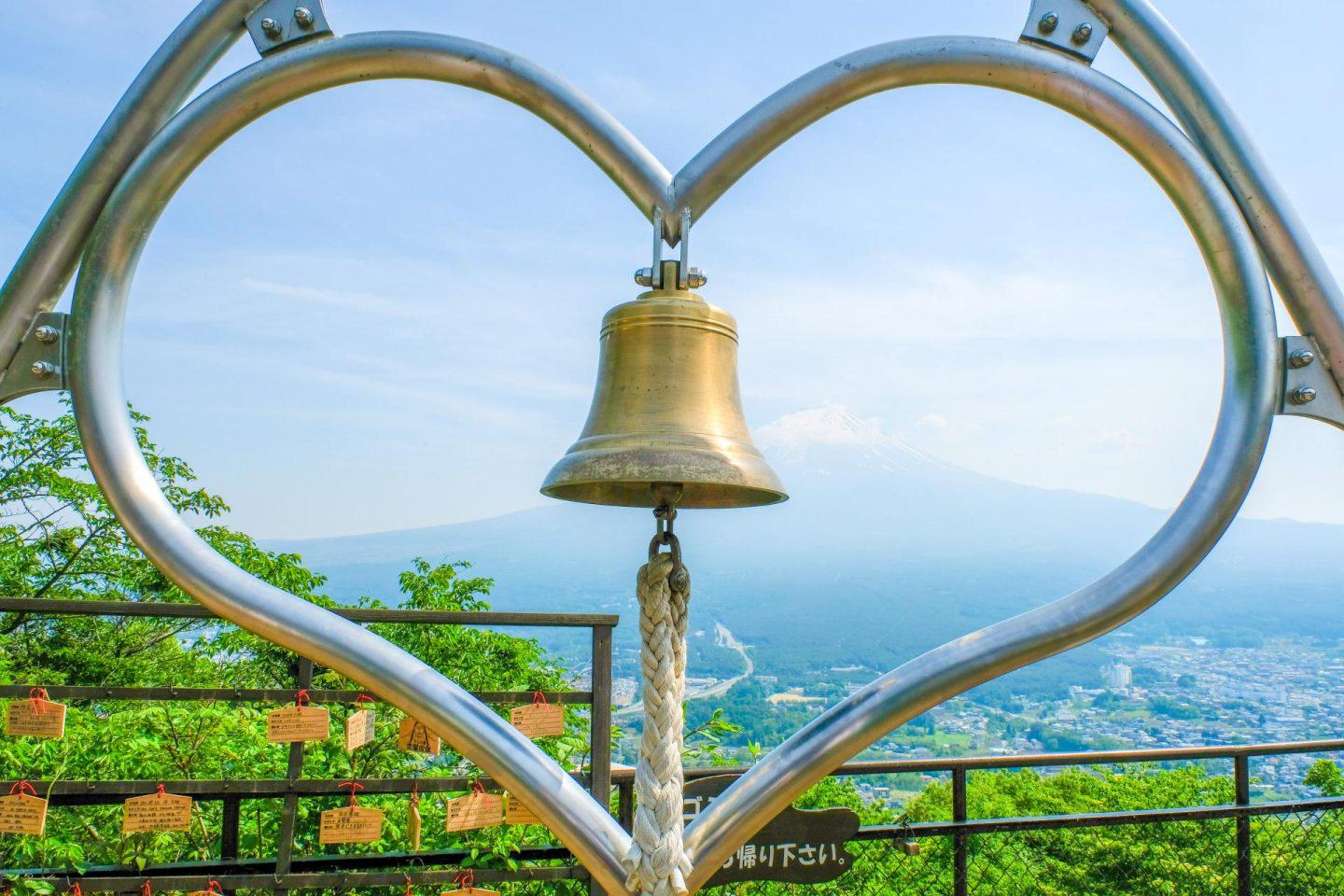
Another sight worth checking out is the annual Fuji Shibazakura Festival that takes place from mid-April to the end of May. Every year, visitors gather to witness the blooming of approximately 800,000 shibazakuras (moss phlox or pink moss). Definitely a spectacle not to be missed!
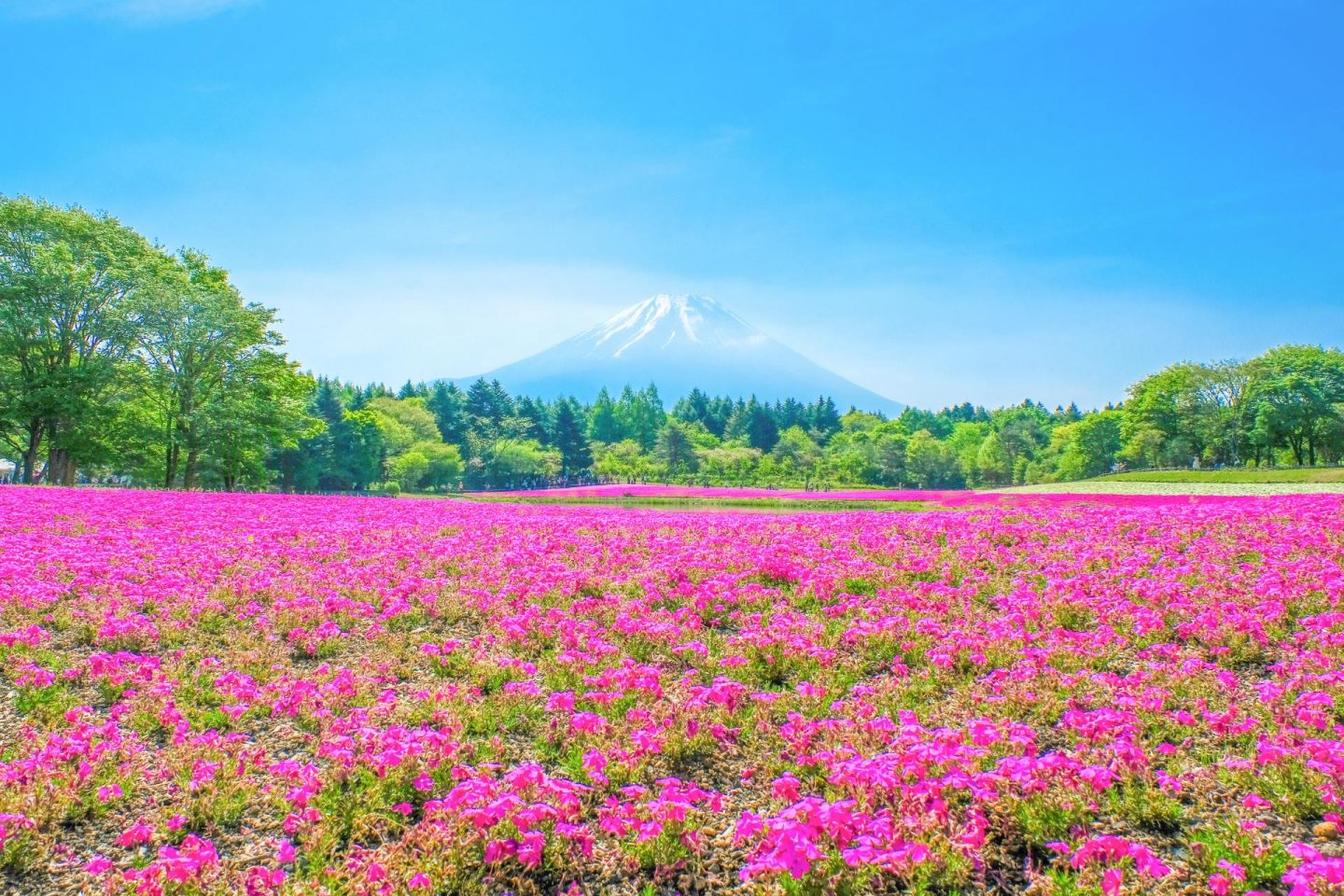
The Fuji Shibazakura Festival runs from mid-April to early May, when about 800,000 moss phlox bloom. In winter (late January to February 23), Kawaguchiko’s Winter Fireworks light up the night skies against Mt. Fuji’s silhouette.
In summer (e.g., early August), local fireworks and festivals are common along the lakes. Note: Mt. Fuji’s climbing season runs from July 1 to early September – trails are generally closed outside those dates.
If you are more of an adrenaline junkie and none of the suggestions so far have fueled your enthusiasm, Fuji-Q Highland is the spot for you.
Known to comprise what used to be the world’s tallest and fastest roller coasters, this is a fun alternative to viewing Mt. Fuji. Yes, that’s right. You can see Mt. Fuji from the roller coaster!
The above were four different recommendations on where to view Mt. Fuji, but another popular point of interest in Fujikawaguchiko is the Fuji Five Lakes.
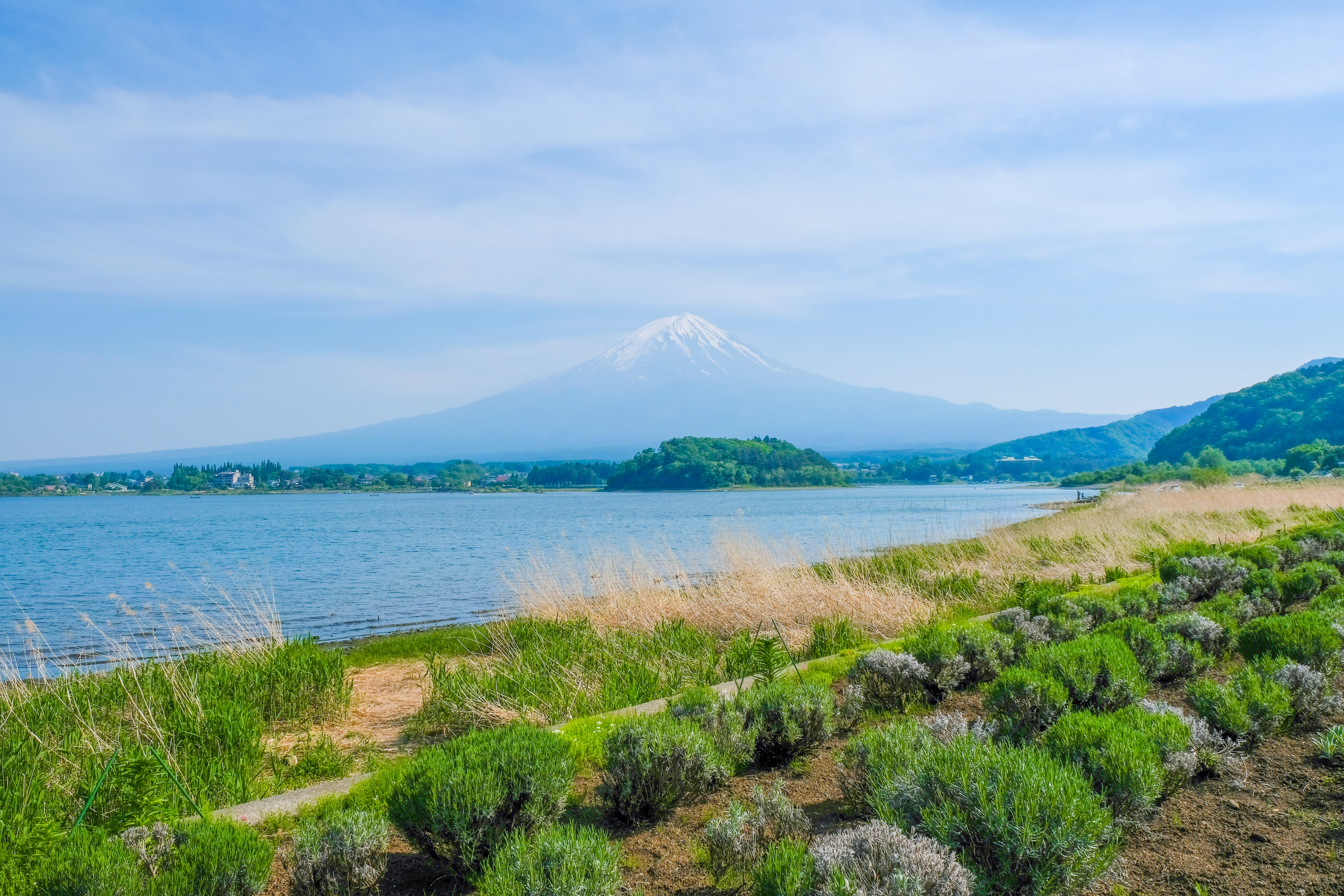
Fuji Five Lakes is the name of the area at the base of Mount Fuji and it is also a collective of five lakes formed by previous eruptions of Mt. Fuji.
Even though it is not the biggest of the five, Lake Kawaguchi is the most well-known and the one most often seen in TV ads and posters at local tour agencies.
To get a good view of Lake Kawaguchi, come down to Kawaguchiko Natural Living Center.
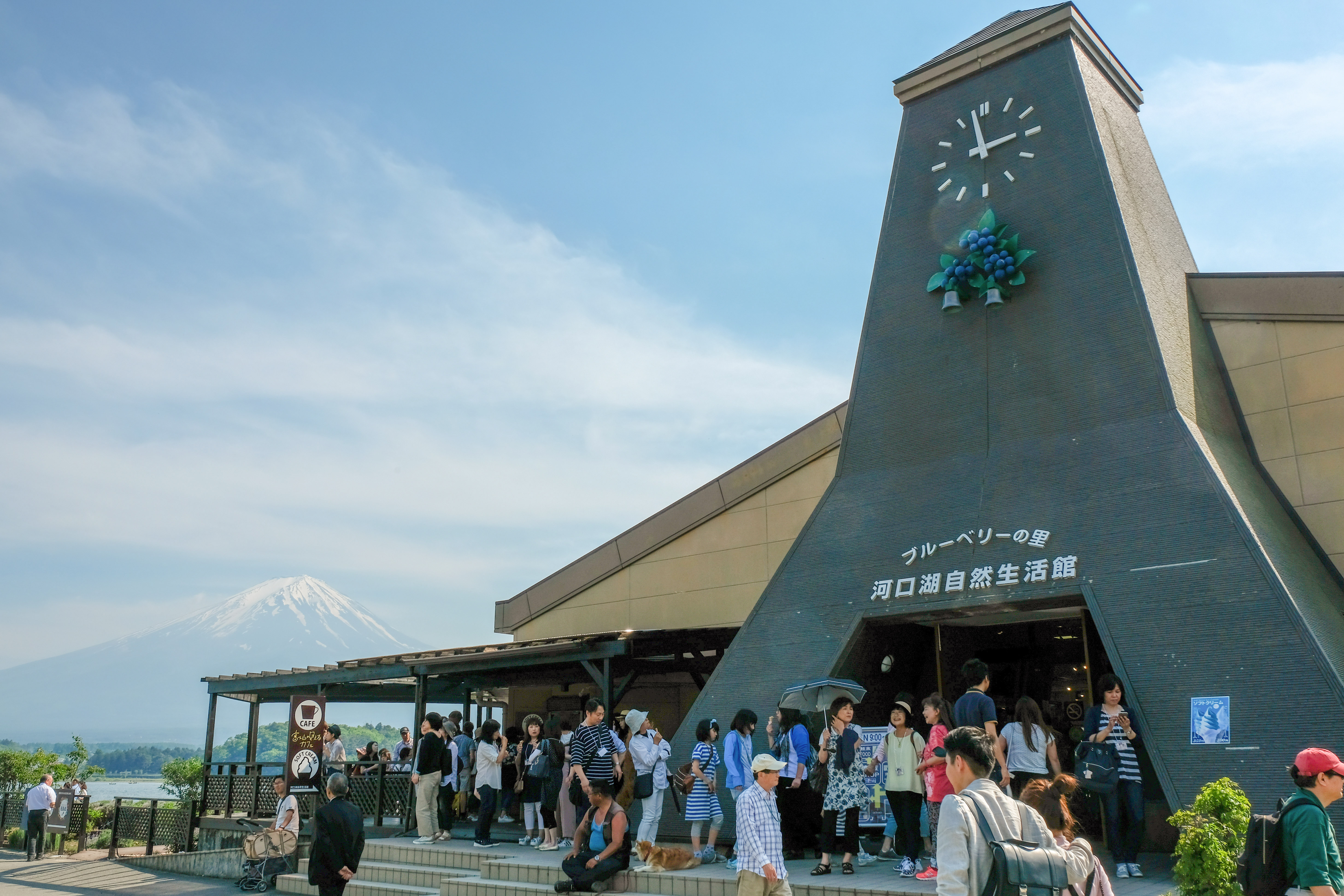
Order a lavender ice cream cone and enjoy it by the lake. Serene and surreal.
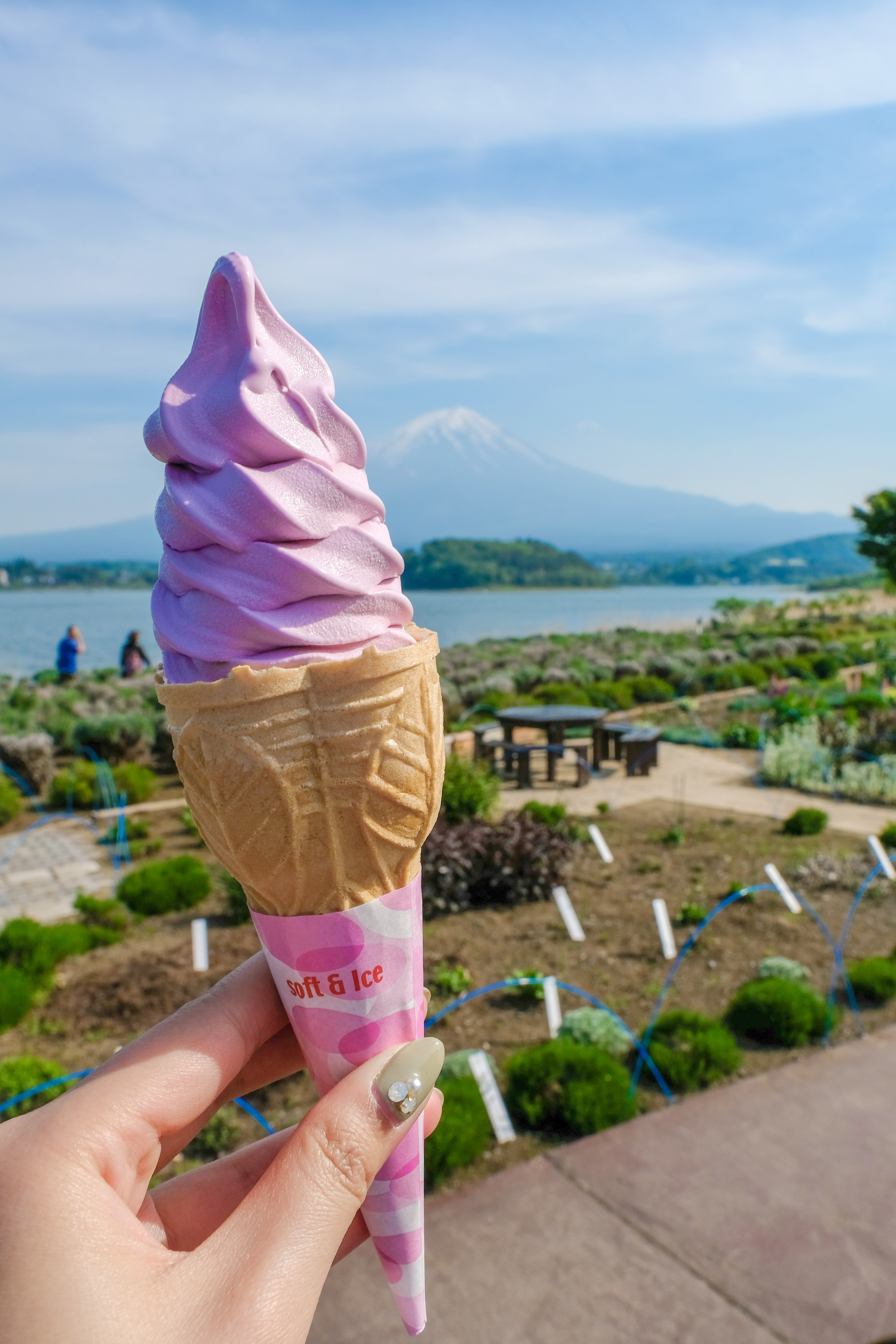
So, to summarize the top things to see in Fujikawaguchiko (2025)
- Arakura Sengen Shrine & Chureito Pagoda – the iconic 400-step pagoda with a view combining cherry blossoms + Mt Fuji.
- Mt. Kachi Kachi Ropeway (Kawaguchiko Panoramic Ropeway) – ride to the Tenjō observation deck and ring the Bell of Tenjo for a wish.
- Explore the Fuji Five Lakes – Lake Kawaguchi (most popular), plus Lake Motosu (deepest), Lake Sai, Lake Shoji (smallest), and Lake Yamanaka.
- Lava caves: Fugaku Wind Cave & Saiko (Lake Sai) Bat Cave offer subterranean walks in volcanic tunnels – both are natural monuments.
- Saiko Iyashi-no-Sato Nenba – a traditional village on Lake Saiko with restored thatched-roof houses, local crafts, and photography spots.
- Kubota Itchiku Art Museum – beautiful kimono-focused textile art with Mt Fuji views in its gardens.
- Oishi Park & lakeside walk – stroll along Kawaguchiko’s north shore, especially photogenic in morning light.
Fujikawaguchiko Off the Beaten Path
- Explore the rest of Fuji Five Lakes. Lake Yamanaka is the largest of the five. Lake Motosu, at 140 meters, is the 9th deepest lake of Japan. Lake Sai shares banks with the infamous Aokigahara Jukai Forest (Suicide Forest). Lastly, Lake Shoji is the smallest lake where locals come to fish.
- Take a trip down memory lane at Kawaguchiko Music Forest – a European-inspired theme park and museum for music.
- Frolic in the lavender fields of Yagizaki Park.
- See the Fugaku Wind Cave that was formed by volcanic eruptions.
- Explore Saiko Bat Cave and observe its majestic lava formations.
More to See and Do Around Fujikawaguchiko
If you’ve already admired Mt. Fuji from every angle and explored the famous Fuji Five Lakes, there’s still plenty left to uncover around Fujikawaguchiko. These extra experiences blend culture, creativity, and natural beauty – perfect for anyone looking to go beyond the usual sightseeing loop.
1. Join hands-on cultural workshops near Lake Kawaguchi
Want to do more than just take photos? Try a ramen-making or sushi-making class at one of the local studios around Lake Kawaguchi. You’ll learn from Japanese chefs, prepare traditional dishes step by step, and enjoy your own creation overlooking Mt. Fuji.
It’s a fun, family-friendly way to experience Japanese culture first-hand – and yes, it makes for amazing travel stories (and Instagram posts).
2. Stroll through Oishi Park and the Lake Kawaguchi Shore Walk
Located along the northern shore of Lake Kawaguchi, Oishi Park offers one of the most postcard-perfect views of Mt. Fuji – framed by flowers in spring and vibrant foliage in autumn. A peaceful lakeside walkway connects the park to nearby cafés and craft shops, making it ideal for a relaxed half-day walk.
3. Visit the Kubota Itchiku Art Museum
This stunning museum showcases the intricate Tsujigahana-dyed kimono masterpieces created by artist Kubota Itchiku.
The museum’s design blends nature and architecture, with its thatched-roof halls surrounded by gardens and waterfalls. Even if you’re not an art buff, the combination of craftsmanship and Mt. Fuji views is unforgettable.
4. Step back in time at Saiko Iyashi-no-Sato Nenba
At the foot of Mt. Fuji lies Saiko Iyashi-no-Sato Nenba, a beautifully rebuilt traditional Japanese village featuring thatched-roof houses, art galleries, and workshops.
You can dress in a kimono or samurai armor, make local crafts, or simply enjoy the serene mountain backdrop. It’s a must-see for photographers and anyone interested in rural Japanese heritage.
5. Walk through the Momiji Tunnel (Maple Corridor)
If you visit in autumn, don’t miss the Momiji Tunnel — a canopy of crimson and gold maple leaves that line the north shore of Lake Kawaguchi.
This natural tunnel glows during sunset, and during the Kawaguchiko Autumn Leaves Festival, lanterns illuminate the path at night. It’s one of the most photogenic fall experiences in all of Japan.
Where to Eat in Fujikawaguchiko
- Houtou Fudou Kitahonten. Houtou fudou is a vegetarian noodle dish specific to the Fuji Five Lakes region. For the brave soul, try a side order of raw horse meat (basahi).
- Sanrokuen – traditional Japanese barbecue. Be prepared to sit on hardwood floors with your legs crossed.
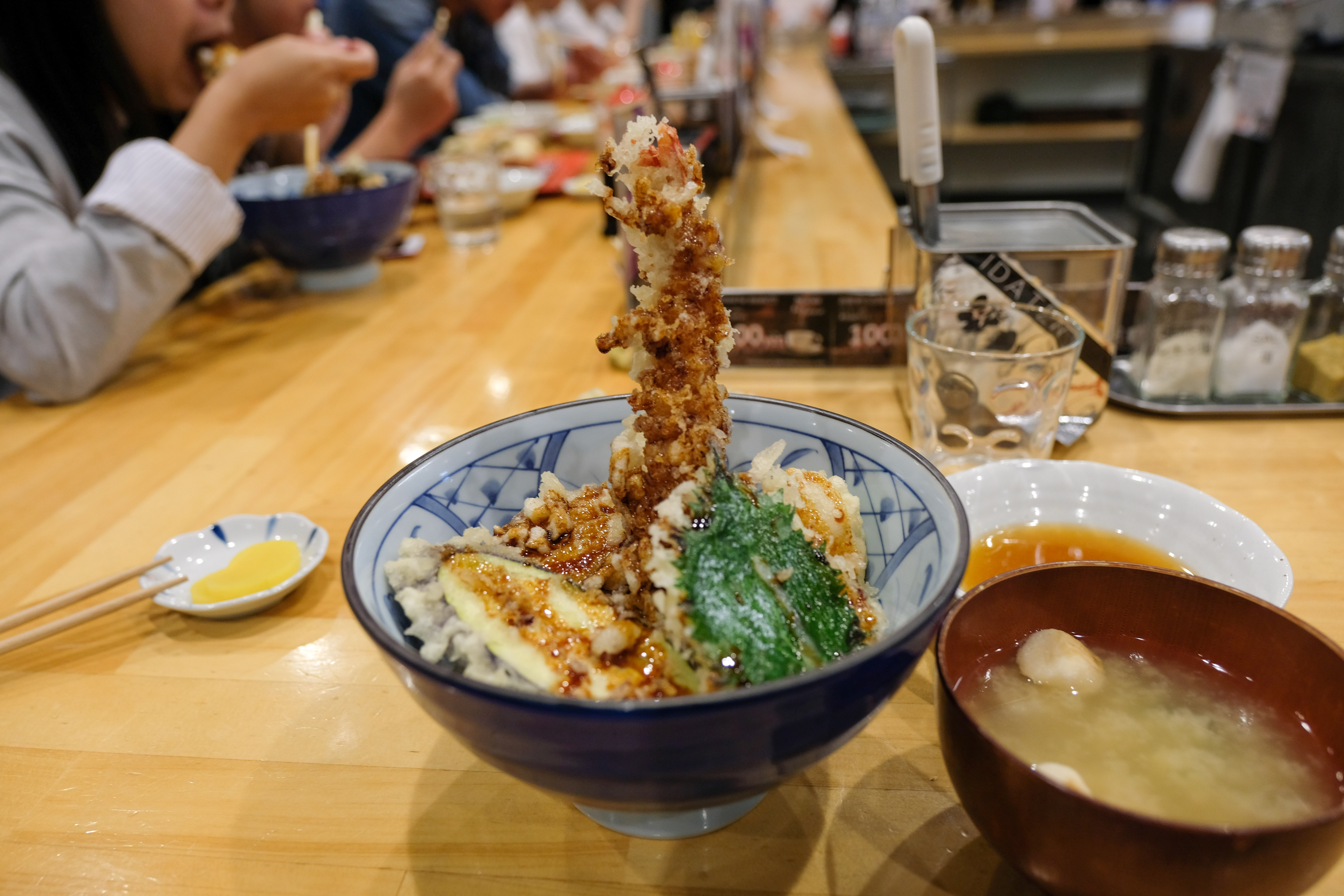
Fuji Tempura Idaten – amazing seafood tempura and super chewy udon noodles!
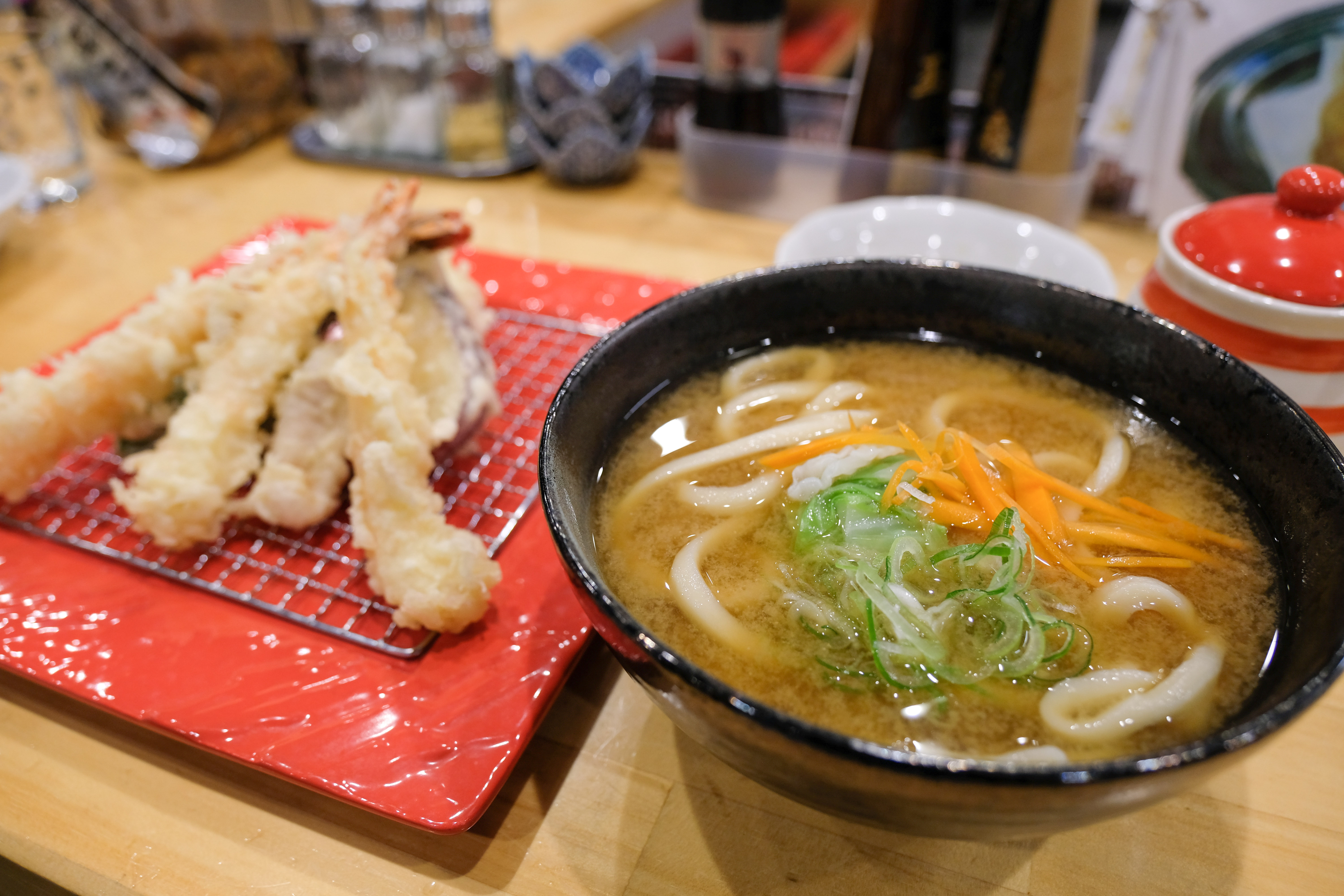
Mt.FUJI BASE – cool little bar to hang out with friends at night. Awesome food too but the owner works by himself so expect a bit of a wait.
Where to Stay in Fujikawaguchiko
At the end of a busy day, the best way to relax is with a warm cup of sake in a soothing onsen hot spring bath. No better place for that than at the Hotel Mystays Fuji Onsen Resort, where you get an unparalleled view of Fuji-san.
Mystays prohibits guests with tattoos from entering the public baths (tattoo ban is still in effect in many Japanese onsen).
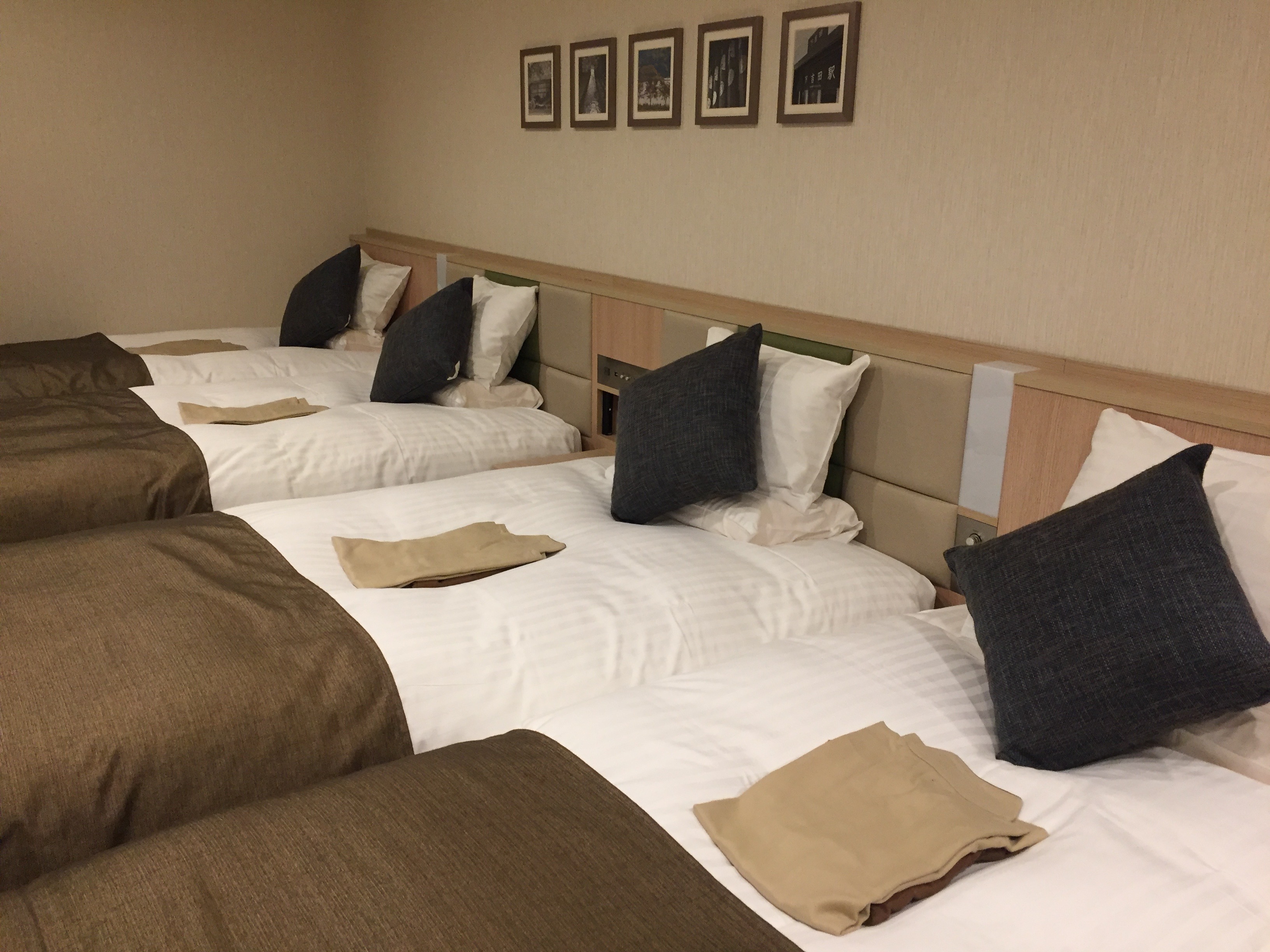
Besides its phenomenal views of Mt. Fuji. It is also perfect for families or large groups of friends traveling together, as they provide triple bed and quadruple bed suites. Definitely a fantastic choice although a little bit on the expensive side.
Another option that is more budget friendly is the Royal Hotel Kawaguchiko. It is great for experiencing traditional Japanese futon beds and despite not having much of a view, its onsen baths are still quite therapeutic and relaxing.
Tips for Fujikawaguchiko

Fujikawaguchiko is only a few hours away from Tokyo, but it’s not exactly easily accessible.
The main/terminus station in Fujiyoshida is called Kawaguchiko Station. Buses coming in from Tokyo will stop here. This is also where you take the sightseeing buses to Fuji Shibazakura Festival and the other attraction sights mentioned above.
There are a few different sightseeing buses and routes but no matter which you pick, purchase the all-day bus pass. That way, you can hop on and off the bus at any stop and really explore the town’s hidden gems.
Many visitors travel from Tokyo via a combination of private rail lines (e.g. JR / Chūō / Fujikyu) + local bus to reach Kawaguchiko Station. Once there, an all-day hop-on/hop-off bus pass is strongly recommended to explore around the lakes and access multiple attractions without needing individual tickets.
Note: Mount Fuji views are highly weather-dependent. If possible, plan your climb/viewing segment for a day with forecasted clear skies, and maintain flexibility in your itinerary.
Fujikawaguchiko Travel FAQ
1. How do you get to Fujikawaguchiko from Tokyo?
The easiest way to reach Fujikawaguchiko from Tokyo is by train and bus combination. Take the JR Chuo Line from Shinjuku Station to Otsuki Station, then transfer to the Fujikyu Railway bound for Kawaguchiko Station. The entire trip takes about 2.5 to 3 hours. Alternatively, several highway buses run daily from Shinjuku, Shibuya, and Tokyo Station directly to Kawaguchiko – a convenient and budget-friendly option.
2. When is the best time to visit Fujikawaguchiko?
The best time to visit Fujikawaguchiko depends on what you want to experience.
- Spring (April–May): Cherry blossoms and the Fuji Shibazakura Festival.
- Summer (July–August): Mt. Fuji climbing season and lush lake views.
- Autumn (October–November): Fall foliage at the Momiji Tunnel (Maple Corridor).
- Winter (January–February): Clear skies and Kawaguchiko Winter Fireworks.
Each season offers something unique – making Fujikawaguchiko a year-round destination.
3. How long should I stay in Fujikawaguchiko?
Most travelers visit Fujikawaguchiko as a day trip from Tokyo, but staying 1–2 nights lets you truly relax and enjoy the onsen, scenic walks, and evening views of Mt. Fuji. If you plan to visit nearby attractions like Iyashi-no-Sato Nenba, Fuji-Q Highland, or the Fuji Five Lakes, plan for at least two full days.
4. Can you see Mt. Fuji from Fujikawaguchiko all year round?
While Mt. Fuji is visible from many places in Fujikawaguchiko, visibility depends on the weather. Winter and early spring generally offer the clearest views. During the summer, the mountain is often hidden by clouds, especially in the afternoon. To increase your chances, plan an early morning visit and check the local weather forecast before you go.
5. What are the best hotels in Fujikawaguchiko with Mt. Fuji views?
Top-rated accommodations include Hotel Mystays Fuji Onsen Resort, Konanso Ryokan, and Fuji View Hotel. These properties offer spectacular Mt. Fuji views from private rooms or onsen baths. For budget travelers, options like Royal Hotel Kawaguchiko and K’s House Mt. Fuji provide comfortable stays near Lake Kawaguchi.
6. Is Fujikawaguchiko worth visiting without climbing Mt. Fuji?
Absolutely! Fujikawaguchiko offers iconic Fuji views, hot springs, local food, museums, and cultural villages – even if you never set foot on the mountain. Many travelers prefer this area precisely because it combines relaxation and scenery without the effort of climbing.
(Keywords: is Fujikawaguchiko worth visiting, things to do near Mt Fuji without climbing, Mt Fuji viewpoints Japan)
7. Are there any new rules for tourists in Fujikawaguchiko?
Yes. In 2024, local authorities installed a black screen along certain sidewalks near popular photo spots to reduce crowding and trespassing on private property. Visitors should stay on public walkways and respect signage when taking photos. These rules were designed to protect residents’ privacy and ensure safe, sustainable tourism.
8. What local foods should I try in Fujikawaguchiko?
Don’t miss Hōtō noodles, a hearty miso-based hotpot with flat udon noodles and vegetables – a Yamanashi specialty. For something unique, some local restaurants serve basashi (raw horse meat). Also, try lavender ice cream by Lake Kawaguchi, a local favorite during summer.
More Japan Travel Guides You’ll Love
If you’re planning to see more of Japan beyond Fujikawaguchiko, explore the country’s rich contrasts – from futuristic cities to hidden traditions. Step inside Japan’s playful side with our guide to quirky and unusual cafés across Japan, where you can sip coffee surrounded by owls, hedgehogs, or anime themes. Then head to central Japan and use our Nagoya insider guide to discover an underrated city packed with incredible food, cultural landmarks, and modern attractions.
Before your trip to Tokyo, make sure you’re ready for local customs by reading our essential Tokyo travel tips and advice for first-time visitors to Japan – they’ll help you avoid common surprises and travel more confidently. If Kyoto is on your list, our complete Kyoto guide covers its timeless temples, gardens, and traditions. And don’t miss these common tourist mistakes in Japan so you can explore respectfully and blend in like a local.
Together, these guides offer everything you need for a seamless, respectful, and unforgettable adventure across Japan — from the bright lights of Tokyo to the peaceful shores of Lake Kawaguchi.
Final Conclusion
The town may be small, but there are endless activities and things to see here. Most certainly a great getaway destination to escape the bustling streets of Tokyo, and is bucket list worthy for sure.
About the author
Born in Taipei, Taiwan but having moved to Vancouver, Canada at the age of 9, Jasmine is a weekend traveller who has travelled to 10 countries so far all whilst maintaining a full-time job. Follow her travels on her blog, My Suitcase Journeys, and on Facebook and instagram.

